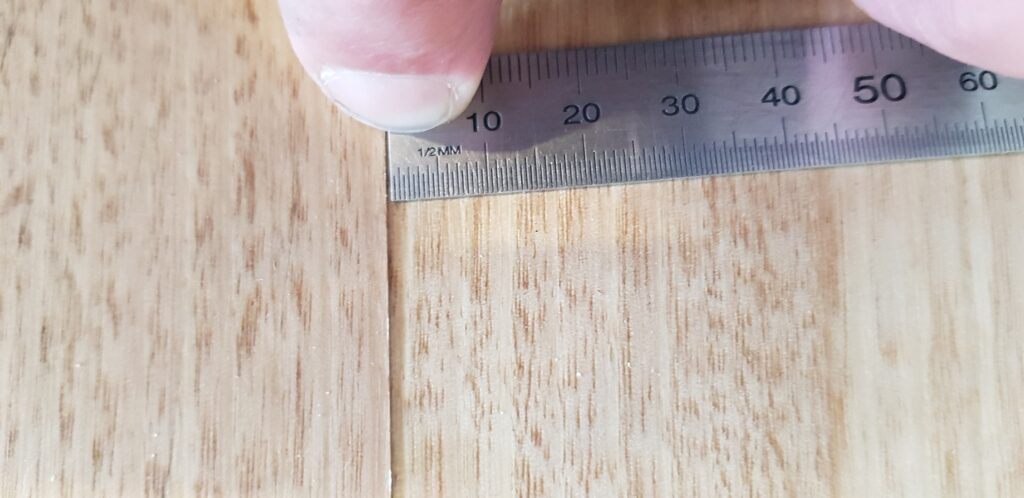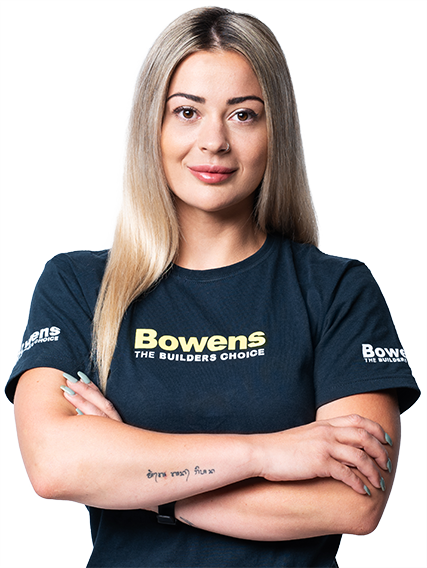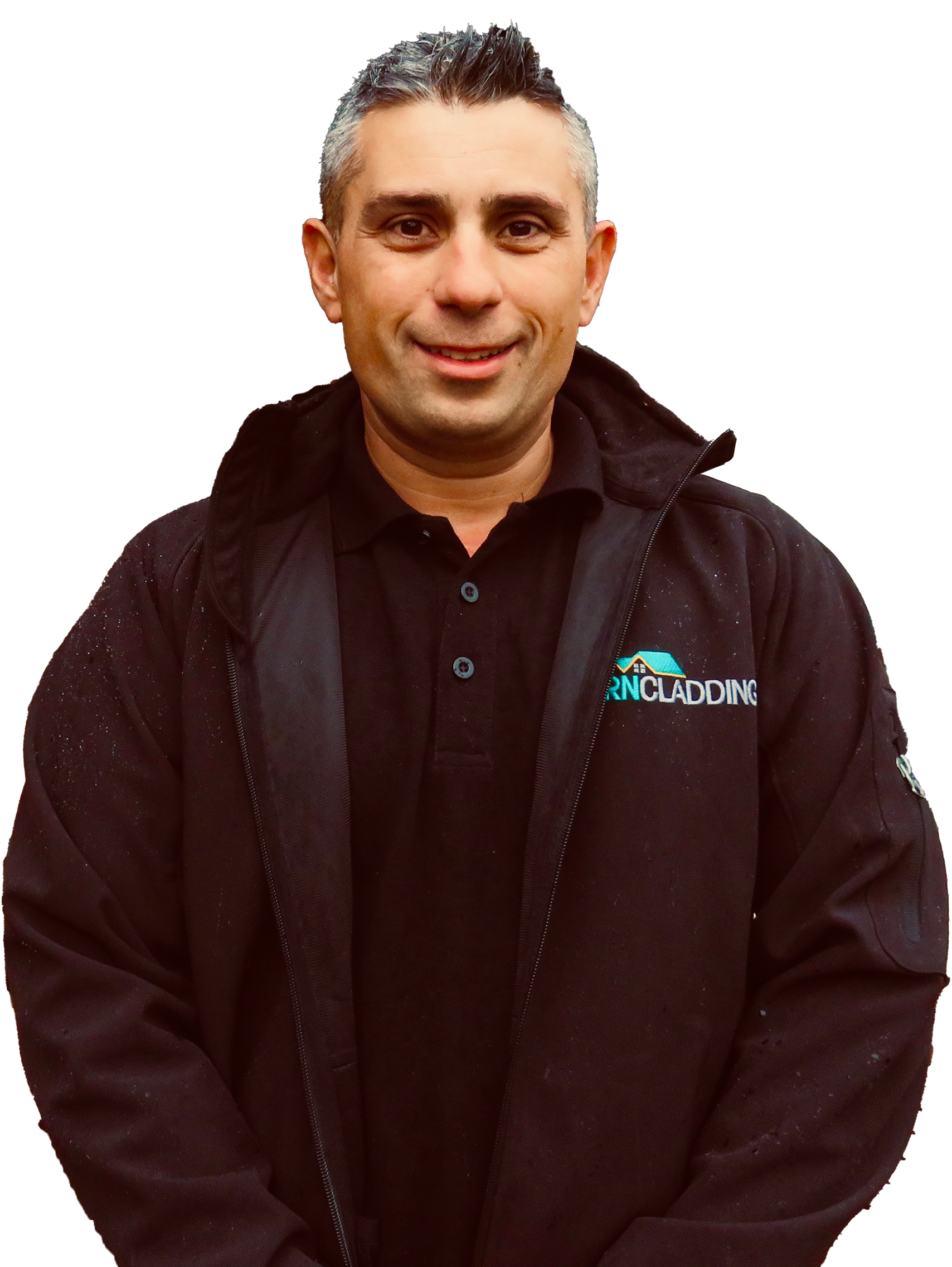Squeaky Floors
Squeaking and creaking from timber flooring has been an issue for households over the years. Historically, timber flooring was laid directly to unseasoned floor joists with no adhesive. Consequently, shrinkage from the joists drying resulting in squeaking floorboards.
Since then, the process of installing floorboards has improved dramatically. Timber floorboards are now installed over a sheet substrate using a trowelled bed of adhesive and are fastened with secret nails. This provides a stable floor that mitigates the chances of voids occurring between the flooring and joist.
The Victorian Building Authority VBA Guide to Standards and Tolerances 2015 notes;
“Floors that consistently squeak by a person walking normally in a trafficable area within the first 24 months for hand over are defective.”
Therefore, the responsibility of squeaks attributed to faulty workmanship after 24 months (within the warranty period) would remain with the builder or flooring installer. A squeak in a pantry corner may not need the attention of a consistent squeak in a hallway entry, though knowing what can cause a floor squeak will help avoid them.

Image 1: Deflection between tongue and groove flooring on joists
Some possible reasons as to why a floor can squeak:
Subfloor Issues
The poor fixing of Particleboard or Plywood substrate to the joists are a common cause of squeaking. Nail fixings through the substrate at the joist’s edges can rub when someone walks over them. To prevent this, check the sheet substrate for squeaks before installing the featured flooring. By doing so, you can correct any mistakes more easily than after the timber flooring is installed. Screws and glue provide a better fixing of sheet substrates; however, it is important to not let the glue dry on the joists before laying the sheet substrate.
To help reduce the chance of squeaking, ensure that the floor joists are level and flat. Any voids left in the substrate will allow the flooring to flex, resulting in squeaking.
Much like substrates, concrete slabs need to be checked for levelness. This can be achieved by grinding and leveling the slab within plus or minus 3mm over 3m of the concrete slab, prior to the flooring being installed.
Temperature and Humidity
Seasonal changes can affect timber flooring. Cooler winter months bring higher humidity allowing timber floorboards to expand. If not installed correctly, nails can pull loose and floorboards can start to rub on fixings causing squeaks. Contrarily, hot summer temperatures can lower the home’s relative humidity which can cause flooring shrinkage. This means that a floor can be noisier in drier weather due to loosening at the joints caused by shrinkage. Flexible flooring adhesive is an important factor to consider for minimizing any board movement that can create friction between the joins.
Settling and acclimatisation of a new home can also provide some temporary squeaking in floors. Whenever a home undergoes a change in environment, such as a renovation, the floorboards take time to adjust to the new setting. However, this generally subsides over time.
How to Fix Squeaking Floorboards After Installation
Methods to remove squeaks in timber floors include removing or bending any stray nails in the subfloor that rub against joists. If the flooring is directly fixed to joists and has loosened, or gaps exist between the joist and flooring, a batten can be glued and nailed at this junction. For additional support, a centre batten between the joist can be installed to the underside of the flooring.
Squeaking floorboards that are secretly fixed and glued to a substrate can be carefully top fixed and filled to match flooring. There are flooring epoxy resin fillers available that can be injected into fine holes in flooring to fill and re-bond any voids or loose flooring over its substrate.
Always consult a qualified flooring installer for best guidance and advice on correcting floor squeaks. Prevention is always a better course than repairs, so installing flooring as per the manufactures guidelines is recommended.
For more information on installation guidelines, click here.










